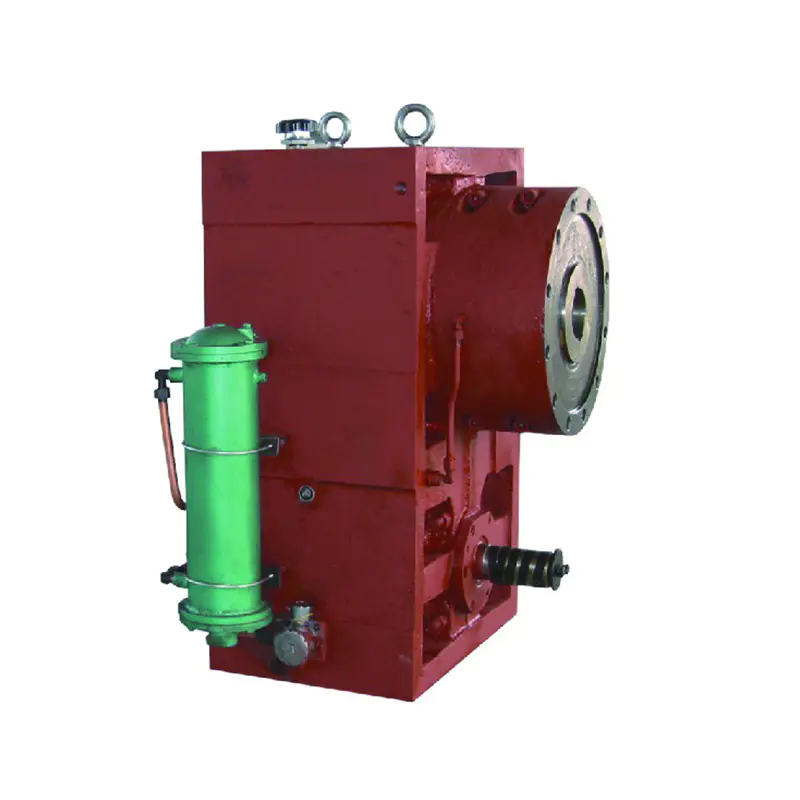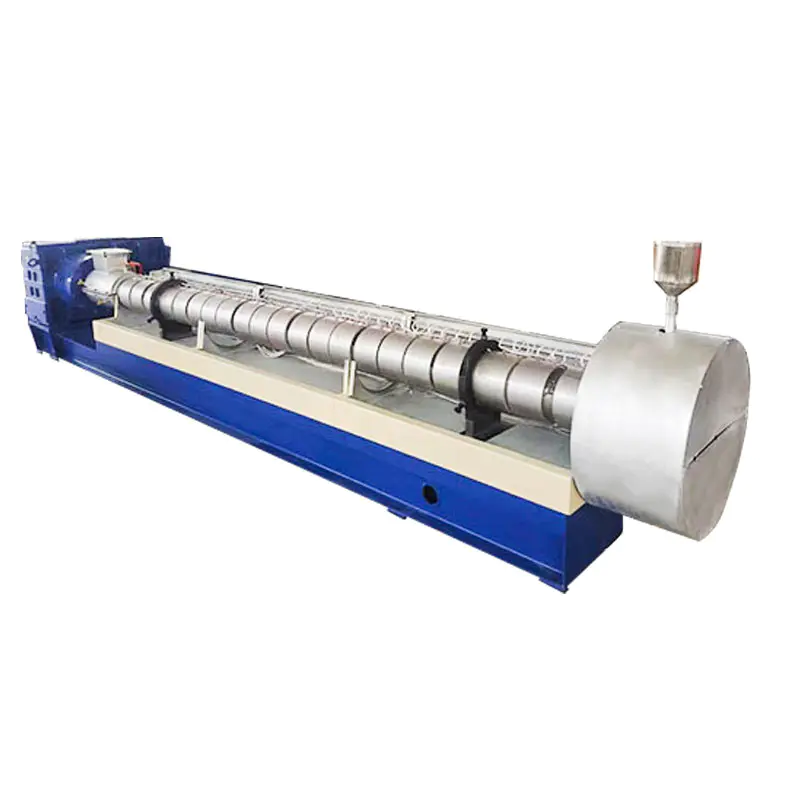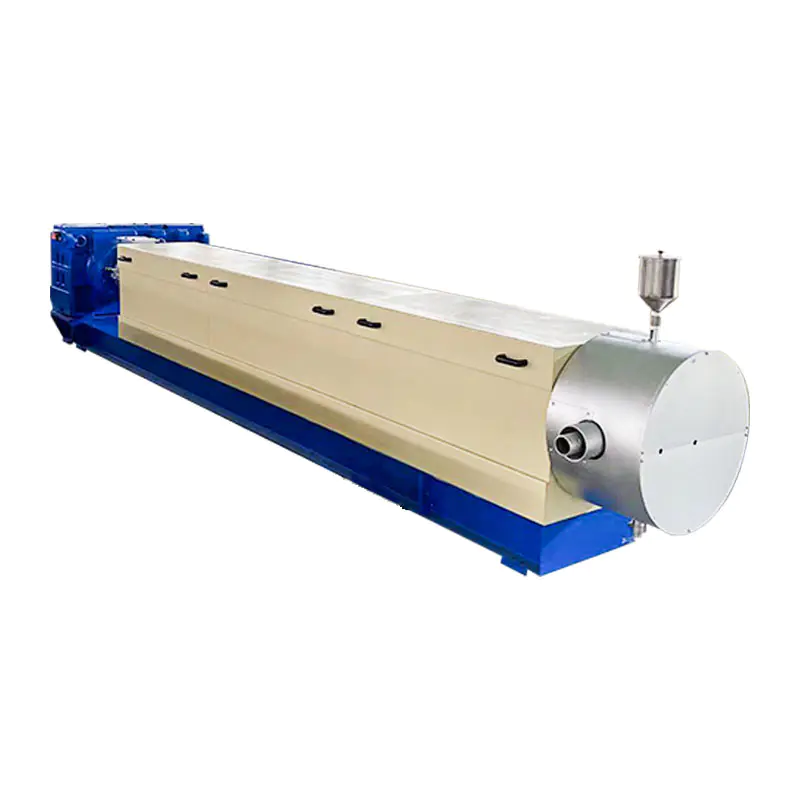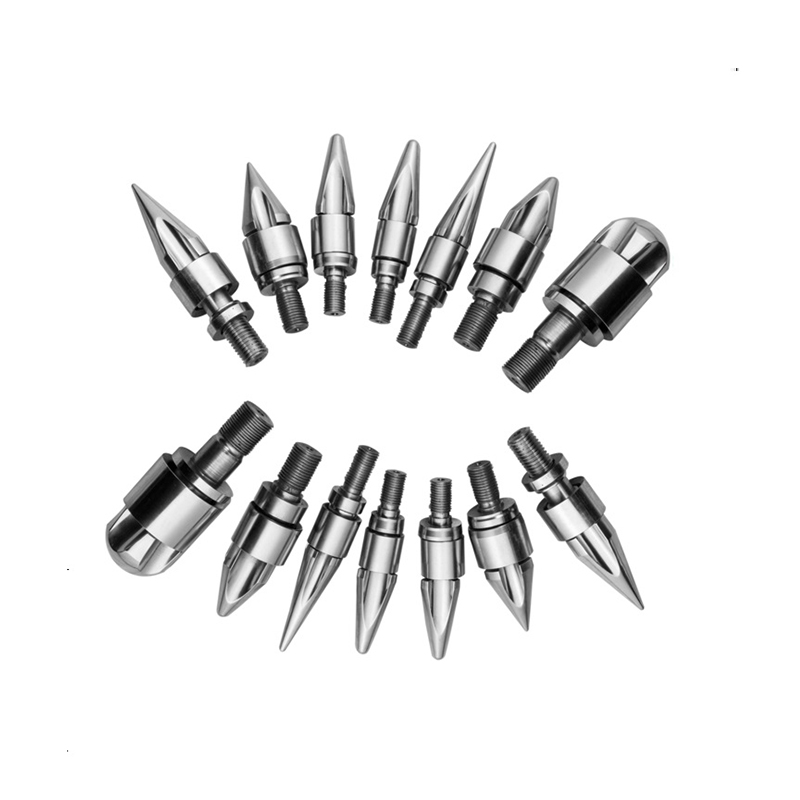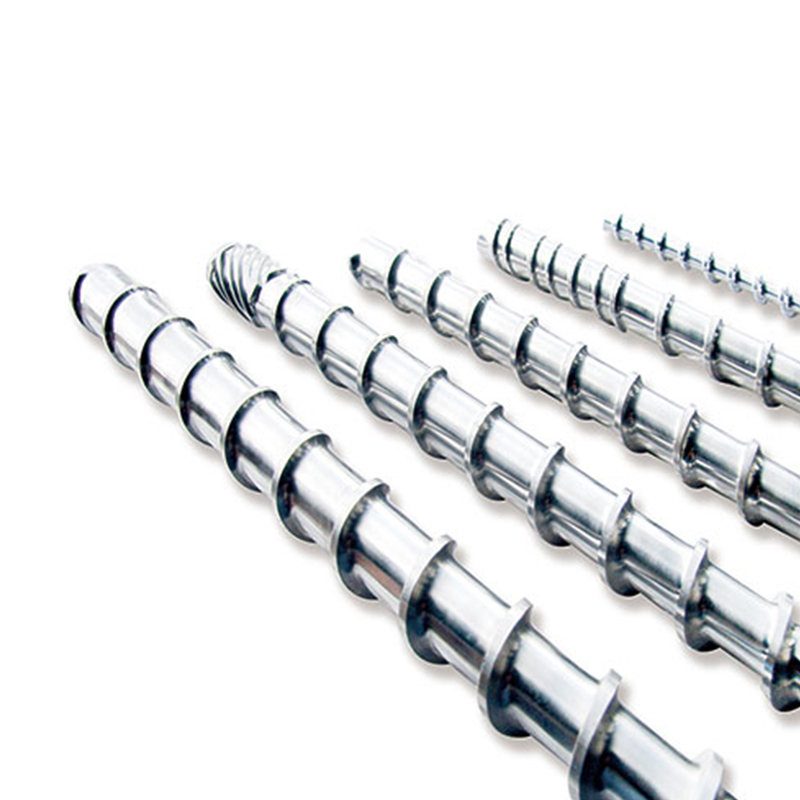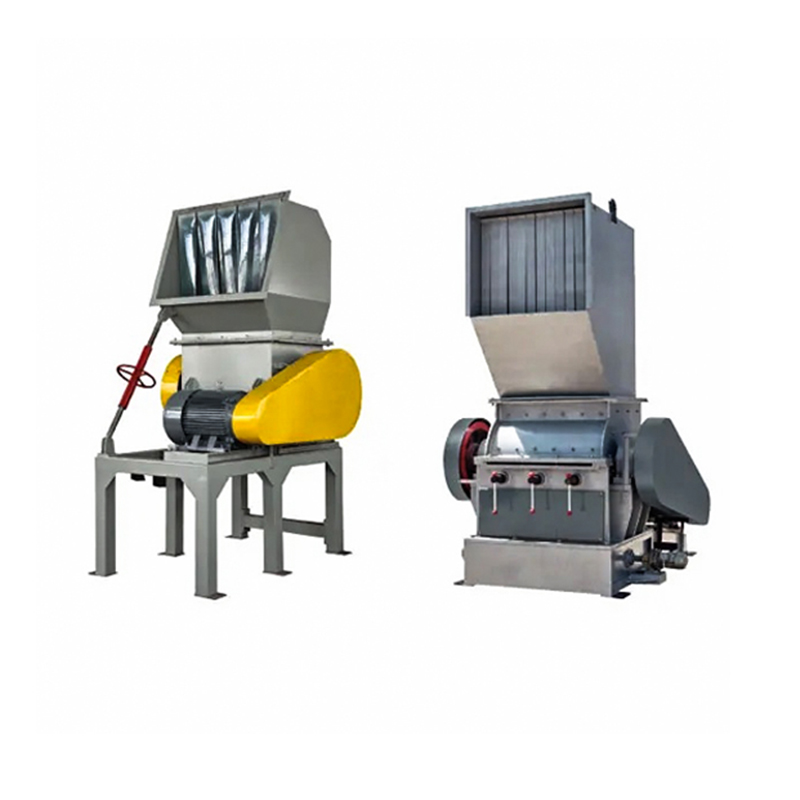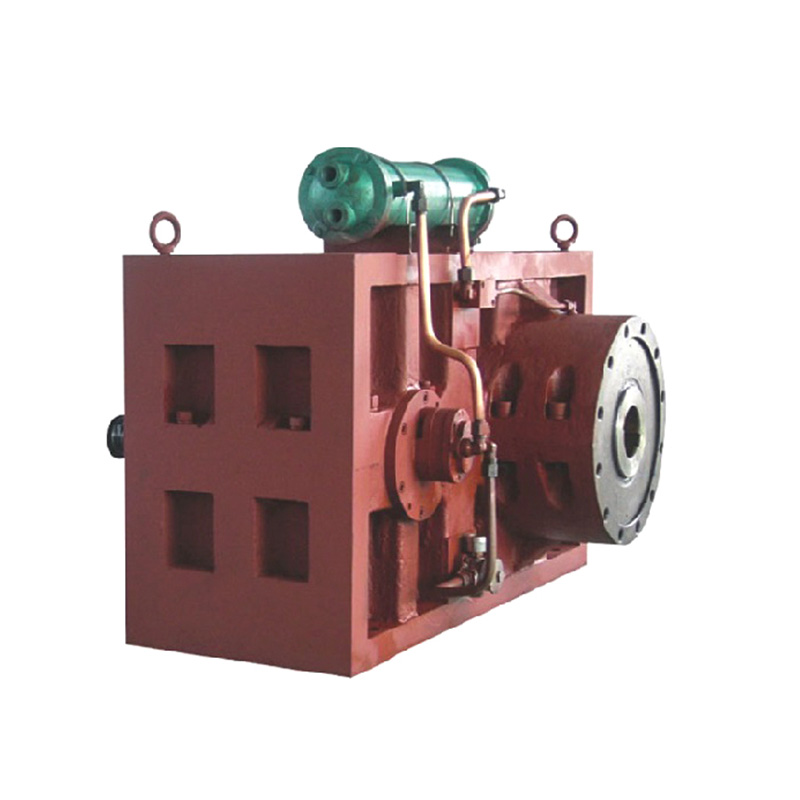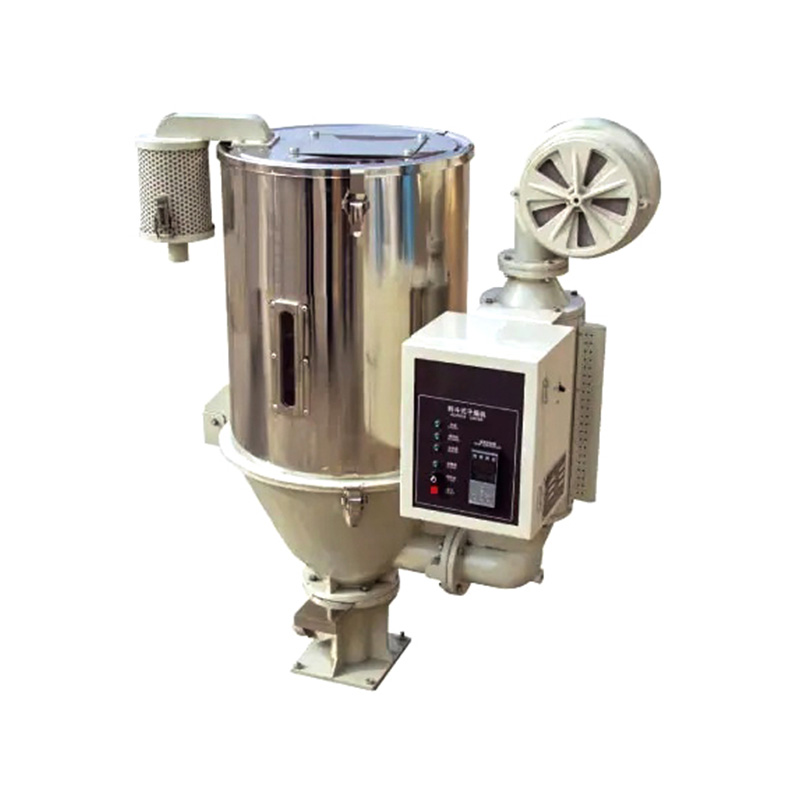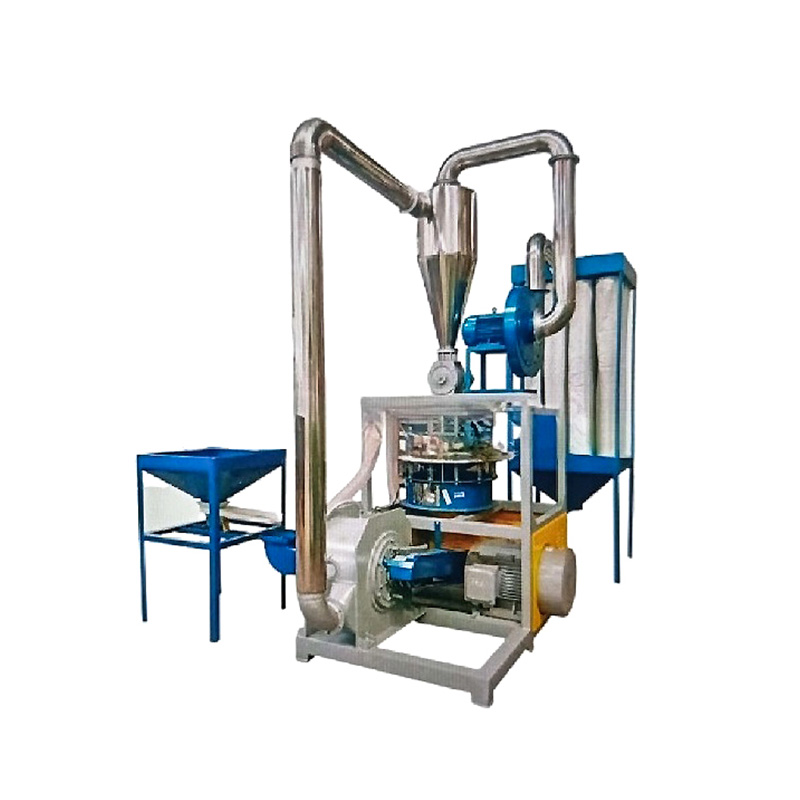Within the demanding realm of extrusion – plastics, food, compounding, and beyond – the screw and barrel assembly stands as the heart of the process. Engineers constantly seek designs that optimize melting, mixing, pressure generation, and stability. Among the key choices lies the fundamental geometry: conical or parallel. While parallel screw barrels dominate many applications, conical designs offer distinct advantages crucial for specific, often challenging, production requirements.
Fundamentals First: Defining the Designs
- Parallel Screw Barrels: Feature a constant outer barrel diameter and a screw with a constant root diameter (or minor variations via stepped flights). The channel depth typically decreases along the screw length to generate compression.
- Conical Screw Barrels: Characterized by a barrel whose internal diameter tapers inward from the feed zone to the metering zone. Correspondingly, the screw features a conical root that increases in diameter along its length, naturally creating a progressively shallower channel depth.
Key Advantages of Conical Screw Barrel Designs:
-
Enhanced Melting & Homogenization:
- Gradual Compression: The inherent taper creates a significantly smoother and more continuous compression profile compared to the often abrupt compression steps possible in parallel designs. This gradual reduction in channel volume subjects the material to longer, more controlled shear and compression forces.
- Superior Shear Distribution: This controlled environment promotes more efficient melting of polymer pellets or powders throughout the channel cross-section, leading to better homogenization of the melt and dispersion of additives or fillers. This is particularly advantageous for heat-sensitive materials or formulations requiring gentle but thorough mixing.
-
Improved Pressure Buildup & Stability:
- Continuous Pressure Gradient: The conical geometry naturally generates a smoother, more linear pressure buildup along the screw axis. This minimizes pressure spikes and fluctuations often experienced with sudden compression zones in parallel screws.
- Stable Metering: The stable pressure profile translates directly into a more consistent melt flow entering the die head. This results in superior dimensional stability and consistency of the extruded product (e.g., pipe wall thickness, sheet gauge, profile dimensions), reduced scrap rates, and improved process control, especially critical for high-precision extrusion tasks.
-
Reduced Shear Stress & Thermal Degradation (Potential):
- Lower Peak Shear: While conical screws generate significant shear, the distribution of shear forces is often broader and less intense at any single point compared to the high localized shear that can occur in restrictive zones (like compression flights or mixing elements) within parallel screws.
- Material Gentleness: This characteristic makes conical designs particularly well-suited for processing shear-sensitive materials (e.g., PVC, certain engineering polymers, bio-polymers, fiber-filled compounds) where minimizing mechanical degradation or fiber breakage is paramount. The gradual compression helps manage melt temperature rise more uniformly.
-
Enhanced Handling of Challenging Materials:
- Powders & Friable Feedstock: The converging geometry can offer advantages in feeding and conveying low-bulk-density powders or friable materials, as the taper helps gently consolidate the feed early in the process without excessive backflow.
- Recycling & Contaminated Feed: The robust conveyance and melting characteristics can sometimes provide better tolerance for regrind or feedstocks with minor contamination variations.
-
Potential for Higher Output at Lower RPM:
- Efficient Solids Conveying: The initial wider channel depths near the feed throat can enhance solids conveying capacity compared to a shallow-feeding parallel screw.
- Optimized Energy Transfer: The efficiency of melting and pressure generation in the conical design can sometimes allow operators to achieve target outputs while running the screw at a slightly lower rotational speed (RPM) compared to a comparable parallel setup. This translates to reduced specific energy consumption (energy per unit output) and potentially less wear over time.
Important Considerations:
Conical screw barrels are not universally superior. Their advantages are most pronounced in specific scenarios:
- Processing Demands: Critical for shear-sensitive materials, formulations requiring exceptional melt homogeneity, or applications demanding extremely stable pressure and output (e.g., high-precision profiles, medical tubing, optical film).
- Economic Trade-offs: Conical designs are often more complex and expensive to manufacture and replace than parallel screws. Barrel heating/cooling can also be slightly more complex due to the taper.
- Footprint: The taper necessitates a longer overall barrel assembly compared to a parallel screw achieving similar compression, potentially impacting machine size.
The choice between conical and parallel screw barrels hinges on the specific material, product requirements, and process goals. Parallel screws offer versatility and cost-effectiveness for a vast range of applications. However, when the demands include superior melt quality, exceptional pressure stability, reduced shear stress for sensitive formulations, or handling challenging feedstocks, the inherent advantages of the conical screw barrel design become compelling. Its gradual compression profile delivers efficient melting, stable flow, and enhanced process control, making it a proven solution for demanding extrusion tasks where performance consistency and material integrity are non-negotiable. Operators should carefully evaluate their process requirements against these core advantages to determine the optimal geometry.



 عربى
عربى
